GE is recognized as a pioneering and innovative manufacturer of dishwashers. Their products are celebrated for their durability, efficiency, quiet operation, and stylish appearance. Nonetheless, due to unavoidable deterioration over time, numerous dishwashers may eventually become less effective at cleaning dishes.
The spray arms in a GE dishwasher must be cleaned out and the food debris blocking the holes must be eliminated. You should also check the water inlet valve for any damage or obstruction. Afterward, the dishwasher filter should be cleaned and the food chopper, detergent dispenser, and heating element should be analyzed. check more on troubleshooting for GE dishwasher to solve this and other problems that could encounter in your dishwasher.
In the remainder of this article, you will learn the following information:
Why is my GE dishwasher not cleaning?
Blocked filters may lead to poor dishwasher cleaning. Most GE dishwashers include a removable filter that traps food particles in the wash water. You must clean and remove the filters on occasion, even though they are usually self-cleaning.
How can I fix it?
At the bottom of the dishwasher, the filter is usually located. Remove the filter from the enclosure and clean it out of food particles. After cleaning the filter, run it under hot water. For gunk or debris stuck in the filter, soak it in warm, soapy water for a few minutes and clean it off with a soft brush.
Before installing the filter back into the machine, check the filter’s housing and remove any food particles or debris. In addition, check the filter for damaged parts. If the filter is damaged, you will have to replace it.
GE dishwashers can also accumulate food particles if the food chopper is not functioning properly. Even though your GE dishwasher model includes a food chopper that helps to keep food contaminants and water separated, the leftover food will still be cut into smaller pieces and discharged through the drain if the chopper is not functioning correctly.
However, if the chopper blades are damaged, the food particles will not be chopped into fine pieces, resulting in draining issues with the dirty water recirculating back onto your plates, as well as reducing the pressure from the spray arms, leaving you with dirty and half-washed dishes.
To check out the food chopper, take away the spray arm, spray tower, filter housing, and pump cover. Unless you have assistance from a professional, you may need to take the chopper apart in order to examine it. If the chopper is damaged, worn, or cracked, you’ll need a new one.
GE Dishwasher Not Cleaning Top Rack
One of the common reasons why a dishwasher won’t clean the top rack is due to clogged spray arms. The spray arms spray and shoot water at the dishes to clean them, hence the name. If these arms are clogged or damaged, they will not dispense the water at the right pressure and rate, resulting in poor cleaning.
Before you remove the spray arms of your dishwasher, turn off the appliance or disconnect it from the power source. Make sure to turn off the dishwasher or disconnect it from the power source before removing the spray arms. You may have to replace the components if they’re stuck and hard to remove.
To remove dirt or food particles from the spray holes, use a toothpick or steel wire to dislodge the particles, then spray or rinse the holes with warm water. If there is still debris present, soak the spray arms in white vinegar.
Do not overload the upper rack of your dishwasher when processing your dishes. The spray arms cannot operate effectively if they are obstructed by heavy dishes, which belong to the lower rack where they are able to receive even more powerful water jets.
GE Dishwasher Bottom Rack Not Cleaning
Food particles and mineral build-up can cause the bottom spray arms to become blocked or damaged. To determine the source of the problem, check to see whether the bottom spray arms are blocked or damaged.
Failure to clean the bottom rack can also result from improper dish loading. If everything is crammed in the bottom or top rack, water and detergents will not reach all the dishes.
Contaminated food particles, grease, soap scum, and other waste build up in your dishwasher if you don’t clean it regularly. The rack at the bottom is the most affected.
Before loading dishes in the dish rack, remove large food particles, toothpicks, bones, and other similar items. You do not have to pre-rinse the dishes before loading them.
Why Does My GE Dishwasher Not Clean Dishes?

Usually, This Problem Is Caused By The Following Error: Error Code 832 Which Is A General Error Code For The Dishwasher And It Means The Dishwasher Is Not Ready To Operate. To Fix The Error, You Must Unplug The Dishwasher From The Power Source And Then Replug The Dishwasher. This Should Fix The Problem. If You Are Still Experiencing The Problem, You Can Contact An appliance Repair Specialist To Have Your Dishwasher repaired.
An obstructed or ruined water inlet valve may prevent your dishes from being clean. The water inlet valve allows water into the dishwasher. The dishwasher uses water supplied by the inlet valve. If the inlet valve is damaged or blocked, it will not allow enough water into the machine, which will impact the wash performance.
To inspect the inlet valve, remove the lower access panel. Look for signs of damage, cracking, clogging, or wear to see if the water inlet valve is damaged or has a problem. When the machine is working, a hammering sound indicates a damaged or ailing water inlet valve.
You should check the valve if you can’t hear the washing machine operating. First, pour 1 to 2 cups of water into the tub and turn on the machine. If the wash performance improves, the valve may be faulty.
Replacing the valve is the best option if cleaning out or repairing a clogged or failing inlet valve. If replacing the valve is not an option, repairing it is not recommended.
Why GE Dishwashers Aren’t Cleaning Glasses?
An ineffective dishwasher can be caused by a faulty detergent dispenser. To ensure that your dishwasher properly cleans dishes, glasses, and cups, make sure you’re using the right detergent type for your local water conditions. Powdered detergents are better than gel or tablet detergents as they dissolve faster.
Don’t overload your dishwasher or glassware with detergent because this can damage either component. Check behind the dishwasher’s door to locate the detergent dispenser. During a wash cycle, check if the dispenser releases detergent. If it does, check its status for damage.
You can clean out the detergent dispenser with a small brush if it’s blocked. However, if the dispenser spring or door is busted, you’ll need to replace it.
To ensure your eyeglasses get thoroughly cleaned, place them between spindles so water doesn’t get trapped in them.
GE Dishwasher Not Cleaning Cup
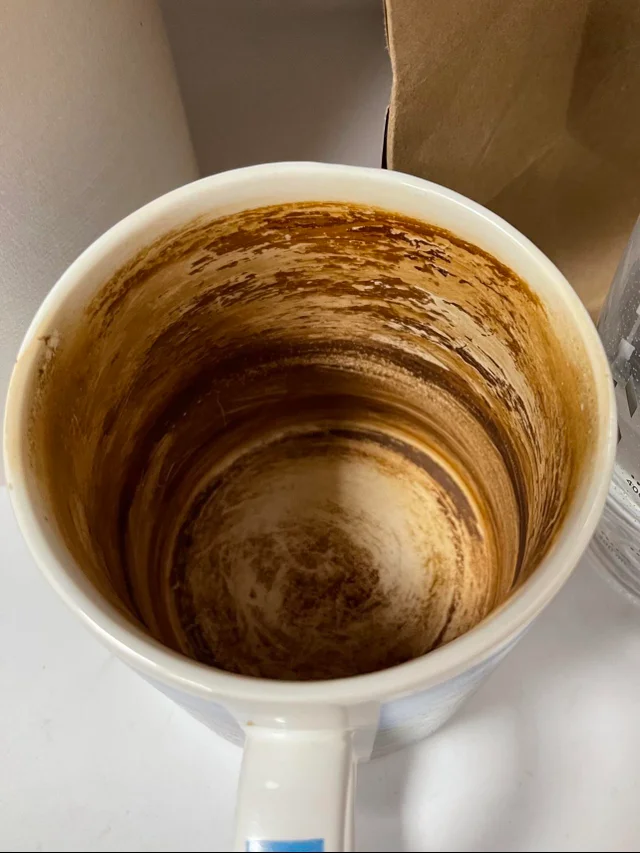
Your cups may still be dirty if the dishwasher is not cleaning them properly. Water will collect inside them if you don’t load them facing down, and they won’t be cleaned properly.
A dishwasher requires water temperatures of about 120 F (49 C) to clean dishes properly. You must adjust your water heater to this temperature range to ensure the right temperature.
The 120- to 140-degree Fahrenheit (49- to 60-degree Celsius) temperature range of your dishwasher is maintained through its heating element. If anything is wrong, the voltage is turned off so you don’t harm the dishwasher.
You can test the heating element to see if it is functioning correctly by checking for continuity if the water temperature falls periodically or if you suspect it is not. If the element appears damaged, you will require a replacement.
How do you fix a dishwasher that is not cleaning?
There are a few things you can do to fix a dishwasher that isn’t cleaning well. First, check the filter. If it’s dirty, the dishwasher won’t be able to get the dishes clean. You can also try running the dishwasher without any dishes in it to see if the issue is with the dishwasher itself or the dishes. If the issue is with the dishwasher, you can try resetting it or replacing the filter.
How do I clear a clogged GE dishwasher?
There are a few ways to clear a clogged GE dishwasher:
-remove the debris using a broom and dustpan;
-use a plunger to suction onto the debris and push it down the drain.
-use a plumbing snake to unblock the drain and remove the debris.
-use a dishwasher cleaner to clean the dishwasher and remove any residue.
This is part of ge dishwasher troubleshooting for ge dishwasher not draining problem.
Why are my dishes still dirty after dishwasher?
There are a few potential causes of dirty dishes after dishwasher use. Items that can cause dishes to be dirty after being washed in the dishwasher include: food particles, grease, leftover cooked food, and soap scum. Each of these items can cause water to bead up on the dishes and not reach the deepest parts of the dishwasher detergent system. This leaves dishes feeling dirty and requiring more thorough cleaning than usual. Additionally, some dishwashers do not expel all of the water from the dishwasher after the dishes have been placed in the machine. This water can sit on top of dishes and accumulate dirt and other food particles. Over time, this can lead to significant build-up on dishes and make them difficult to clean.
How do I clean my GE dishwasher with vinegar?
Fill a pot with enough cold water to cover the dishwasher and vinegar.
1. Turn on the dishwasher and let it run until it reaches full power.
2. Pour the vinegar into the dishwasher and wait 60 seconds.
3. Turn off the dishwasher and remove the dishes.
4. Pour a pot of cold water into the dishwasher and rinse the dishes.
Where is the filter on a GE dishwasher?
The GE dishwasher filter is located on the bottom of the dishwasher. See the how to clean GE dishwasher filter guide to guarantee the results.
Why is my dishwasher running but not cleaning?
There could be a number of reasons why your dishwasher is not cleaning. Perhaps the filters are dirty or the spray arm is not working properly. In some cases, the dishwasher may simply need to be descaled.
How do I clean the jets in my dishwasher?
There are a few different ways to clean the jets in your dishwasher. One method is to spray a solution of vinegar and water onto the jets and let it run through the machine. Another method is to use a jet cleaner, which can be purchased at most hardware stores.
Are Hydroflasks dishwasher safe?
are Hydroflasks dishwasher safe? Yes, most Hydro flasks are dishwasher safe. However, it’s recommended to hand wash the lids to prevent any potential damage or deformation. It’s also important to note that the colored powder-coated Hydroflasks should be hand washed to preserve the finish. Always refer to the care instructions that came with your specific Hydroflask to ensure proper cleaning and maintenance.
Conclusion
The potential of this technology is immense, but the common misconception that it is invasive is hindering its advancement.
GE dishwashers are among the most effective in the world, offering you a much easier life. Although these devices are fantastic at removing dirt from dishes, they don’t perform adequately at cleaning them.

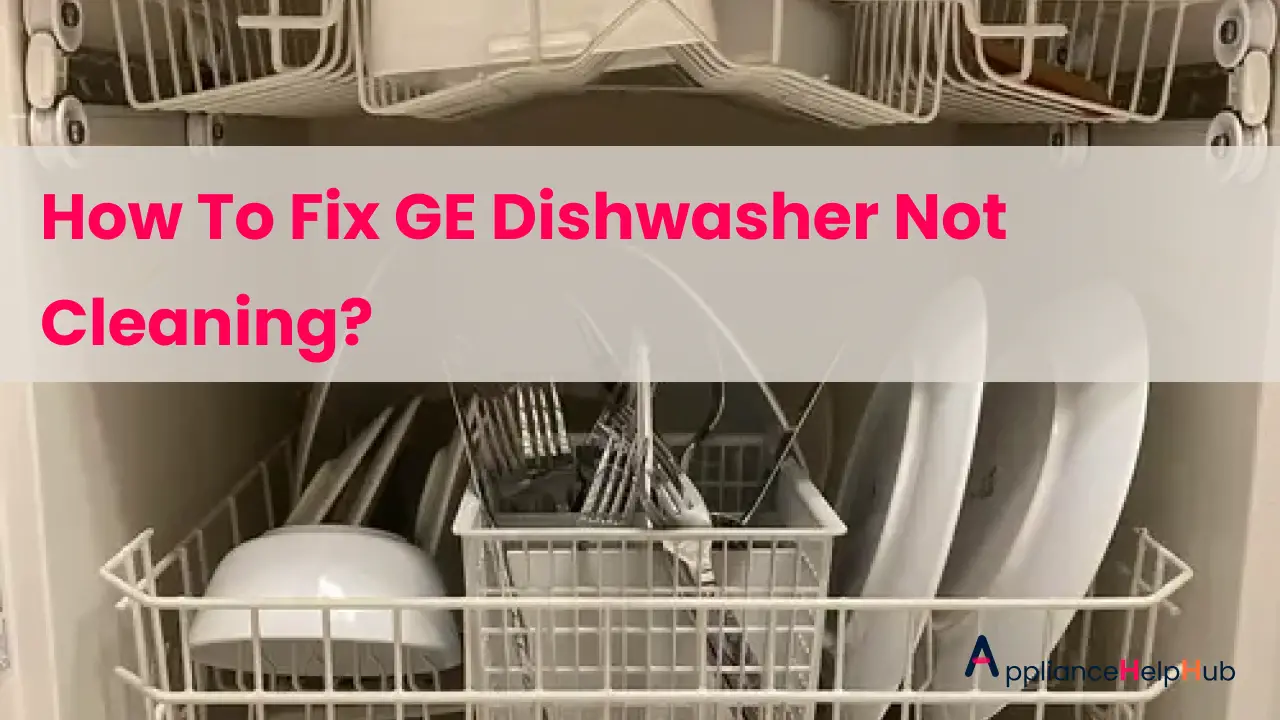
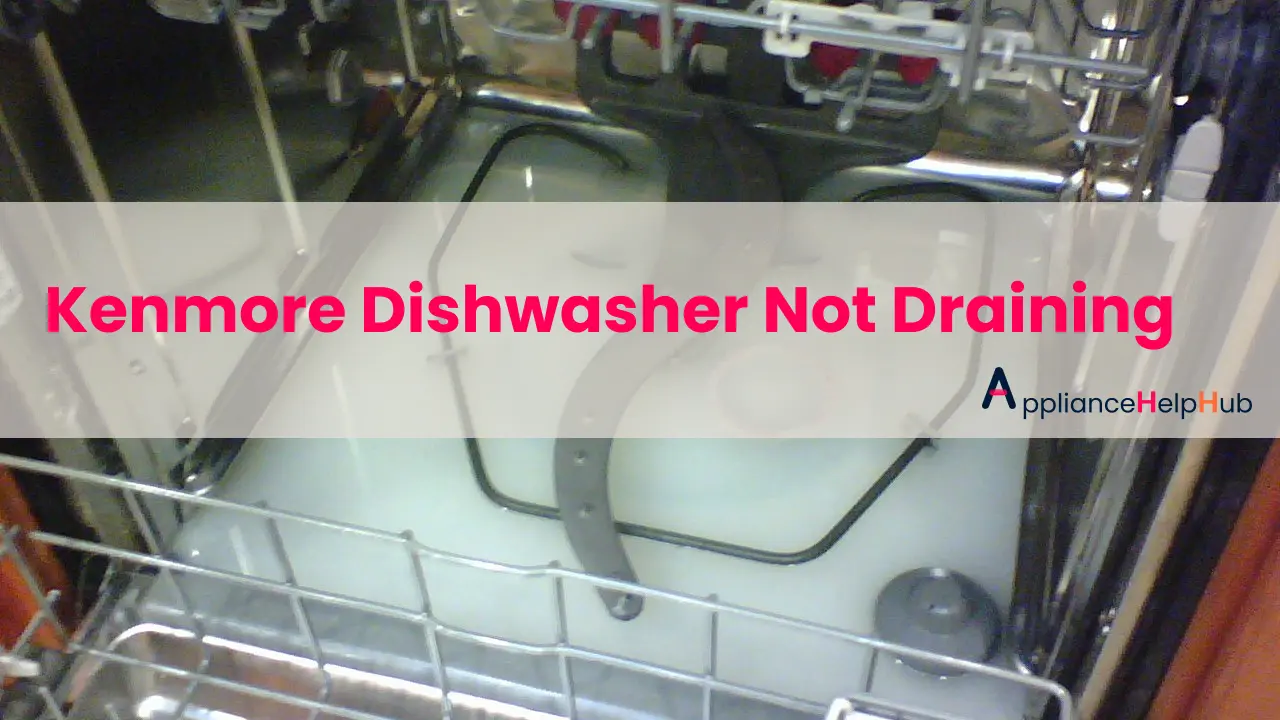

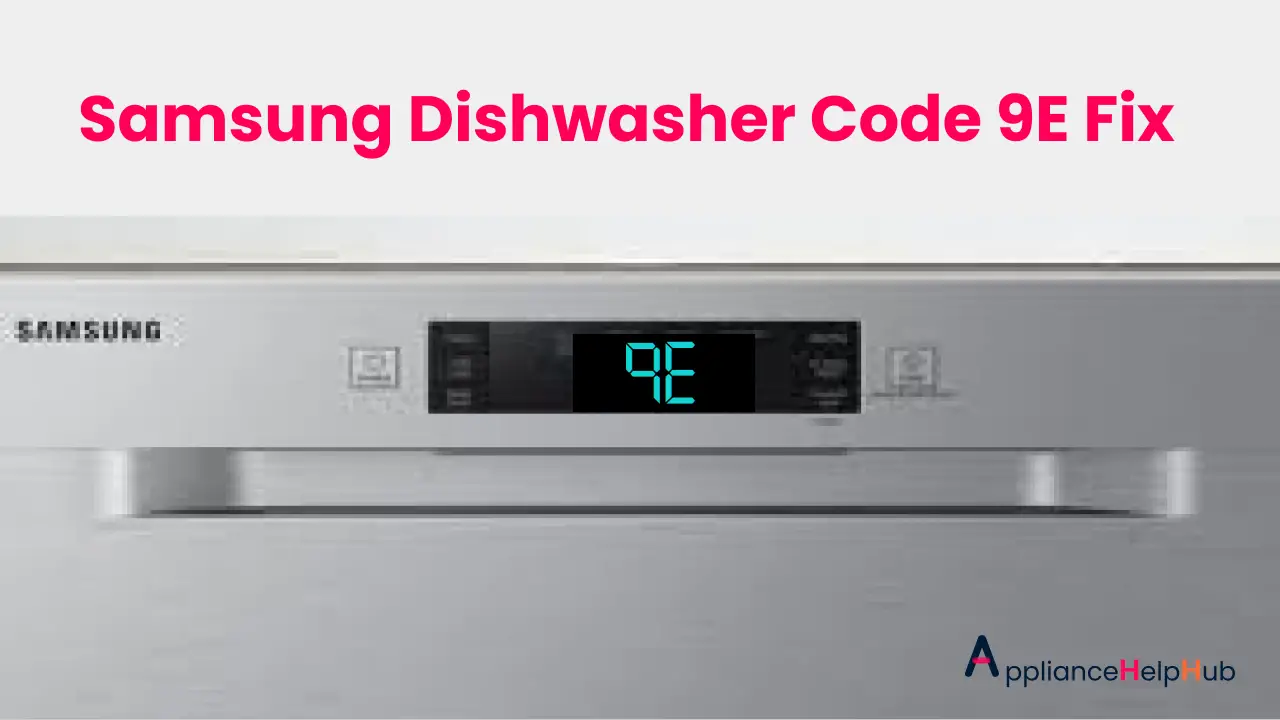
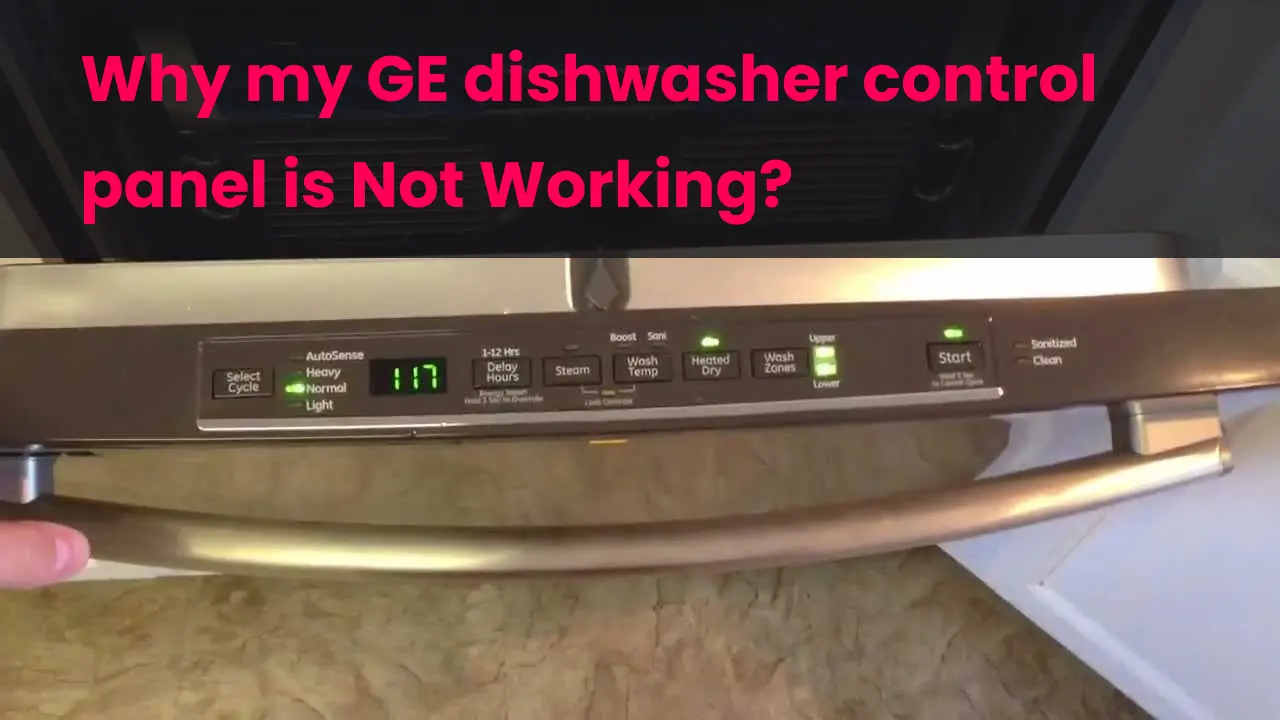



2 thoughts on “How To Fix GE Dishwasher Not Cleaning?”
Comments are closed.